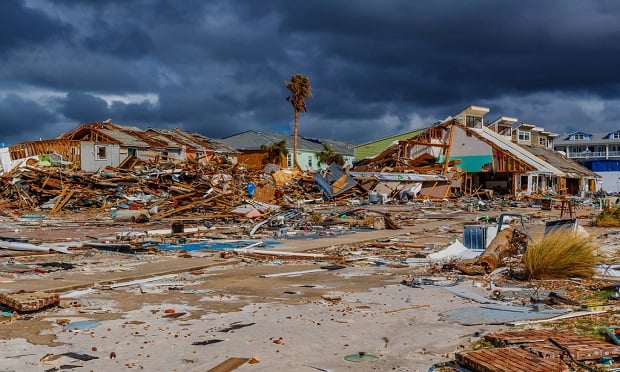 Mexico Beach, Florida, 16 days after Hurricane Michael hit in October 2018. (Photo: Terry Kelly/Shutterstock)
Mexico Beach, Florida, 16 days after Hurricane Michael hit in October 2018. (Photo: Terry Kelly/Shutterstock)
Previously, a "catastrophic season" may have indicated a certain period over the course of the year, but over the past few years, it's become clear that severe weather and natural disasters can occur regardless of time and place. Insurers and policyholders no longer have to just worry about "hurricane season" in the Gulf and the Mid- and South Atlantic states or ice storms and snow squalls in the north. It's now important to be prepared for a variety of major storms, fires, blizzards, and other various types of weather.
Recommended For You
Want to continue reading?
Become a Free PropertyCasualty360 Digital Reader
Your access to unlimited PropertyCasualty360 content isn’t changing.
Once you are an ALM digital member, you’ll receive:
- Breaking insurance news and analysis, on-site and via our newsletters and custom alerts
- Weekly Insurance Speak podcast featuring exclusive interviews with industry leaders
- Educational webcasts, white papers, and ebooks from industry thought leaders
- Critical converage of the employee benefits and financial advisory markets on our other ALM sites, BenefitsPRO and ThinkAdvisor
Already have an account? Sign In Now
© 2025 ALM Global, LLC, All Rights Reserved. Request academic re-use from www.copyright.com. All other uses, submit a request to [email protected]. For more information visit Asset & Logo Licensing.





